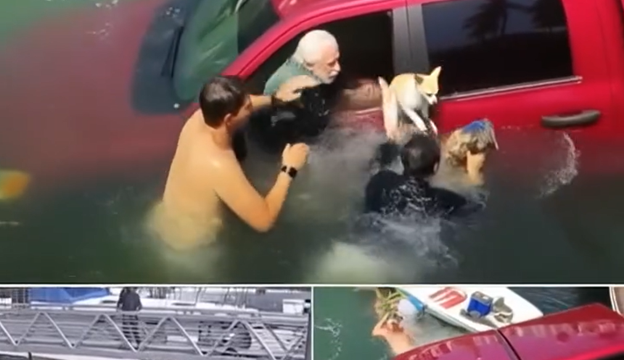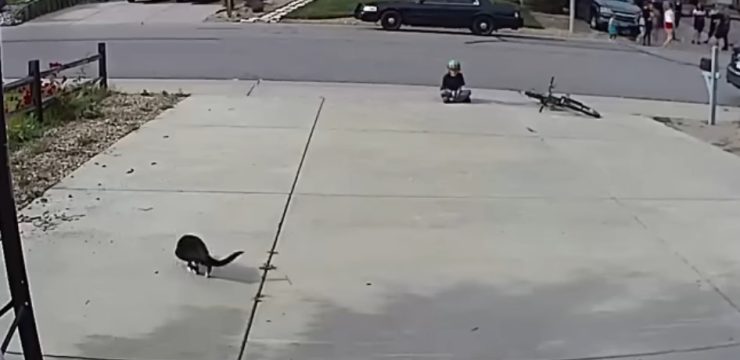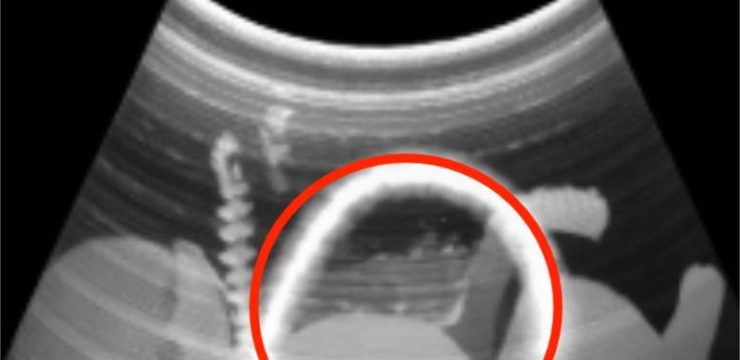Deep beneath the ocean’s surface lies the Mariana Trench, a place once thought to be untouched by human activity. For years, scientists and environmentalists considered this deepest part of the ocean a pristine and isolated environment. However, a haunting discovery shattered that belief—a single plastic bag resting at the very bottom. This seemingly small piece of trash sends a powerful and troubling message: no place on Earth is safe from the impacts of plastic pollution.

The Mariana Trench, located in the western Pacific Ocean, plunges over 36,000 feet beneath the sea. While it may appear dark and lifeless, researchers have discovered an array of marine life thriving in its depths. From delicate jellyfish to elusive deep-sea octopuses, this region harbors more biodiversity than most people realize. Tragically, this diverse ecosystem is now at risk due to the increasing presence of plastic debris.
The plastic bag found at the trench’s bottom is not just a shocking find—it represents a widespread issue that stretches across the globe. According to studies using the Deep-Sea Debris Database, plastic is by far the most common form of waste in our oceans. Out of all the plastic captured in images taken from deep-sea expeditions, around 17% showed interactions with marine animals. These include cases of entanglement and even ingestion, proving that the problem isn’t just aesthetic—it’s lethal.
Plastic pollution has reached crisis levels. Single-use items, especially plastic bags, are among the most problematic. These products are often used for mere minutes, only to end up polluting the planet for centuries. In the Mariana Trench, 89% of the plastic discovered consisted of single-use plastics—proof that our throwaway culture is seeping into even the most remote parts of the Earth.
One might assume that such an isolated spot couldn’t possibly be affected by human waste. Yet the truth is far more unsettling. Most of the plastic pollution in the ocean—an estimated 80%—originates from land-based sources. Trash is swept into waterways, carried down rivers, and eventually deposited into the sea. In fact, just ten rivers, many of them running through densely populated areas, are responsible for the majority of this plastic influx.
Another major contributor to ocean pollution is abandoned or lost fishing gear. These items, often made of plastic-based materials, form significant portions of floating garbage patches like the infamous Great Pacific Garbage Patch, which stretches between California and Hawaii. Not only do these materials trap marine animals, but they also take hundreds of years to degrade, posing long-term threats to ocean ecosystems.
The breakdown process of plastic doesn’t make things any better. Over time, plastic degrades into microplastics—tiny fragments that can remain suspended in the water column or sink to the ocean floor. These particles are often consumed by marine life, entering the food chain and eventually impacting larger animals, including humans. More alarmingly, research indicates that the breakdown of plastic also releases harmful chemicals into the water, some of which have been detected even in the Mariana Trench.
This chemical pollution poses a new threat to already vulnerable marine creatures. As plastics break down, they can leach substances that interfere with reproduction, development, and behavior in fish and other sea animals. The long-term effects of this contamination are still not fully understood, but the evidence so far suggests a growing risk to the health of the oceans and the creatures living in them.
The plastic bag in the Mariana Trench should be viewed as more than just a discarded item—it is a symbol of the environmental crisis we are facing. It stands as a warning sign that no part of the Earth is immune to the consequences of our consumption habits. We must act now to change the course we are on.
Thankfully, global efforts are gaining momentum. Many governments and organizations have implemented measures to reduce plastic waste. These include promoting reusable items, banning certain single-use plastics, creating better waste management systems, and launching public education campaigns. But these actions must be scaled up and supported by everyone—individuals, companies, and policymakers alike.
The fight against plastic pollution is far from over, but it’s not too late. We have the tools, knowledge, and power to make meaningful change. The discovery at the bottom of the Mariana Trench reminds us that our choices ripple across the globe—even to the deepest parts of the ocean. Let it be the catalyst we need to push for cleaner oceans and a healthier planet, before the damage becomes irreversible.





